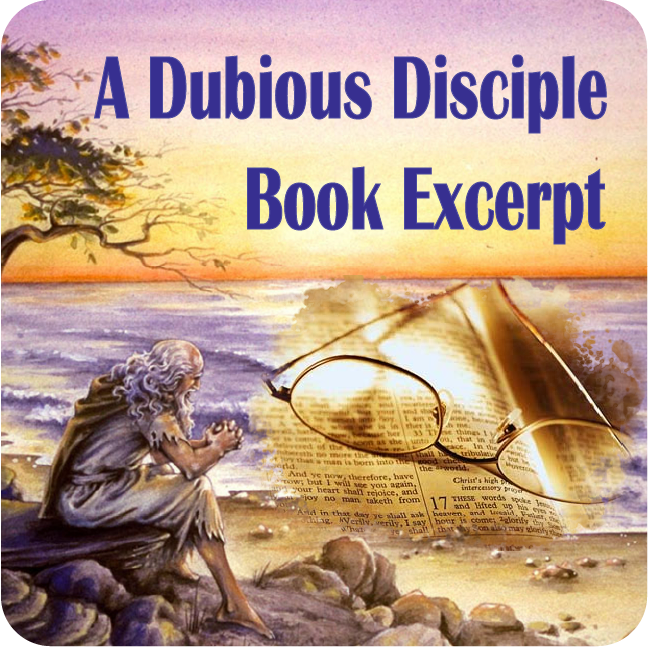Some Christians today imagine the Kingdom of Heaven as a place that exists up above the clouds, but it is not. Only in the gospel of Matthew will you see this phrase used. Out of respect for the name of God this one Bible writer merely substituted the phrase “Kingdom…
Category: Book Excerpt

Book Excerpt: The River of Life
In our Bibles, there are four Greek words that are commonly translated into the word “hell”. These words are Sheol, Hades, Tartarus, and Gehenna, and each is described briefly in Lee Harmon’s new book, The River of Life. The following is an excerpt from this book describing one of the…

Chapter 1: Heaven and Hell
It may seem strange that I begin my book at the end. Isn’t the afterlife more of a destination than a starting point? Well, I’m not really starting here. I’m dismissing the topic up front as being of little importance to Jesus. Let’s get it out of the way. What…

Book Excerpt: The River of Life
Imagine a tree which divides into two grafted-in branches. The root and original trunk of the tree is the words of the Bible and the life of a long-ago man who inspires us still today. This trunk reflects the Jesus movement which began 2,000 years ago, though two millennia of…

My New Book: The River of Life
If the two sides could merely take one step backward, digging back to the Jesus we both adore, perhaps there could be a unity of purpose. Even though there can never be agreement about religious belief, the Kingdom could nevertheless advance.

Book Excerpt: John’s Gospel: The Way It Happened
“Isn’t that Jesus?” “Where?” “There.” The man pointed. “At the back of the synagogue. Standing at the head of that band of strangers.” “I see him.” The president smiled, an old man, shoulders bowed and smallish, face crafted over the years into wrinkly, gentle jolliness. “Yes, it’s Jesus, son of…

Book Excerpt: Revelation: The Way It Happened
To the north, outside the city, an army of wooden crosses clamored mutely for Josiah’s attention, every one of them displaying a crucified captive. Most of the victims now were dead, although some still contorted painfully with each attempt to tease air into their lungs. When the Romans needed crosses,…

Book Excerpt: John’s Gospel: The Way It Happened
Nathanael calls Jesus the Son of God (the chosen king), but Jesus immediately ups the ante to Son of Man (the anticipated Messiah). “Son of God” is not a new title at all. This identification with God grew common in Hermetic literature and among Hellenistic thinkers, even among Jews, but…

Book Excerpt: Revelation: The Way It Happened
In 70 CE, the Romans overpowered Jerusalem in a war that would set the stage for Christianity to emerge from the ashes of Judaism. Josiah stood atop Mount Zion, the Temple mount, gazing out over the city of Jerusalem. A skyrocketing population in the weeks before the Passover feast had…

Book Excerpt: John’s Gospel: The Way It Happened
“You brood of vipers! Who warned you to flee from the wrath to come?” Jesus mashed his eyes shut, trying to expel words that had burned into his brain. Those were John the Baptizer’s words, bellowed invectives Jesus heard over and over from the day he became a follower. “Come,…